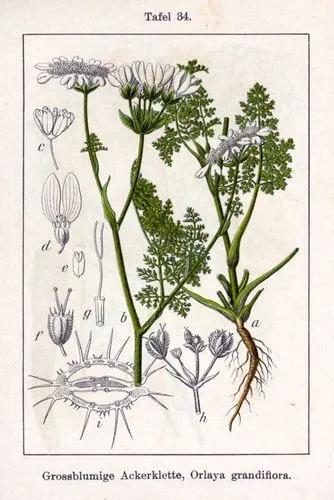To get a tropical look in a warm temperate garden, there is a short list of plants that fit the bill. One of my favorites is the little-known genus Curcuma which includes Curcuma longa the culinary spice turmeric. Curcuma, or hidden cone gingers, is a genus of mostly tropical plants known for their dramatic bold foliage, flamboyant floral show. Curcuma can range in height from just under 2' to over 7' tall. The slightly hidden flowers resemble psychedelic pinecones...a nice trip back to the 1960s. We urge our readers to visit the garden on our Open Nursery and Garden Days in summer and fall to see our Curcuma collection. One of the reasons that Curcuma have never reached a high level of popularity is that they haven't begun to sprout during the spring garden center season, but because of this, they can be interplanted with spring bulbs such as daffodils, which go dormant before Curcuma emerges. Curcuma are plants that you must purchase as a leap of faith, then sit back and enjoy later in your garden.
Curcuma Ginger Care
Curcuma Longa
Other names: Common Turmeric



How to Care for the Plant

Water

Water the pot well and on a regular basis. prepare your hydroponic system to receive the ginger plants. they need about 1 square foot (.09 sq. m.) of growing room per plant. the tray you will be placing the plants in should be between 4-6 inches (10-15 cm.) deep. continue to check to see if the rhizomes have germinated.

Pruning

Get rid of damaged leaves and stems. This is important because damaged leaves and stems can actually be an energy drain on your plant. By removing those dead parts, you're taking some of that work off your plant’s plate and allowing it to divert its energy into healthy leaves and new growth!

Fertilizer

Universal fertilizer is granular and mineral product intended for fertilization of all types of garden cultivations. Its balanced content is suitable both for fruit trees, fruit bushes, vegetables and ornamental plants. The even composition of individual elements makes the fertilizer universal.

Sunlight

Partial sun generally means less than six and more than four hours of sun per day. Plants for partial sun will do well in a location where they receive a break from the sun each day. They like the sun but will not tolerate a full day of it and need at least some shade each day.

Soil

A loam soil contains a nice balance of silt, sand, and clay along with humus.

Propagation

Curcuma ginger can be propagated by division. The best time to do it is in spring before new leaves start growing. Separate rhizomes carefully, make sure each has a growth node, and replant them immediately.

Temperature

The ideal temperature range for curcuma to growing curcuma is between 68° – 95° degrees Fahrenheit (20° – 35° C). The ideal temperature range for curcuma to growing curcuma is between 68° – 95° degrees Fahrenheit (20° – 35° C). If the temperature drops below 50° degrees Fahrenheit (10° C), the plant suffers.

Container

Whether it be plastic or clay, make sure the pot you select has drainage holes in the bottom to prevent over-watering.

Popularity

4,198 people already have this plant 647 people have added this plant to their wishlists

Common pests

Mealybugs and spider mites can cause trouble to your plant. Use insecticidal soap or neem oil to kill those.

Frequent diseases

Curcuma ginger is susceptible to fungal disease. The treatment is the same as in the case of pests – soaps and insecticidal sprays.

Botanist’s tips

- If you divide plants when they’re too small, they will not blossom for some time.
- Plant your Curcuma at a depth of 2-4 inches (5-10cm) for best results.
Discover more plants with the list below
Popular articles






